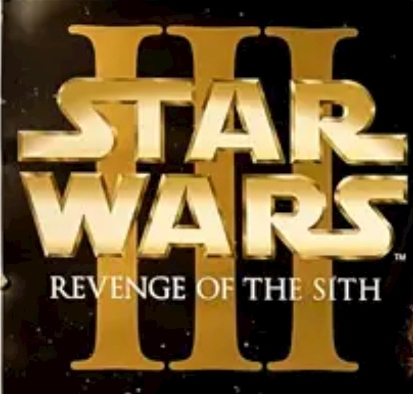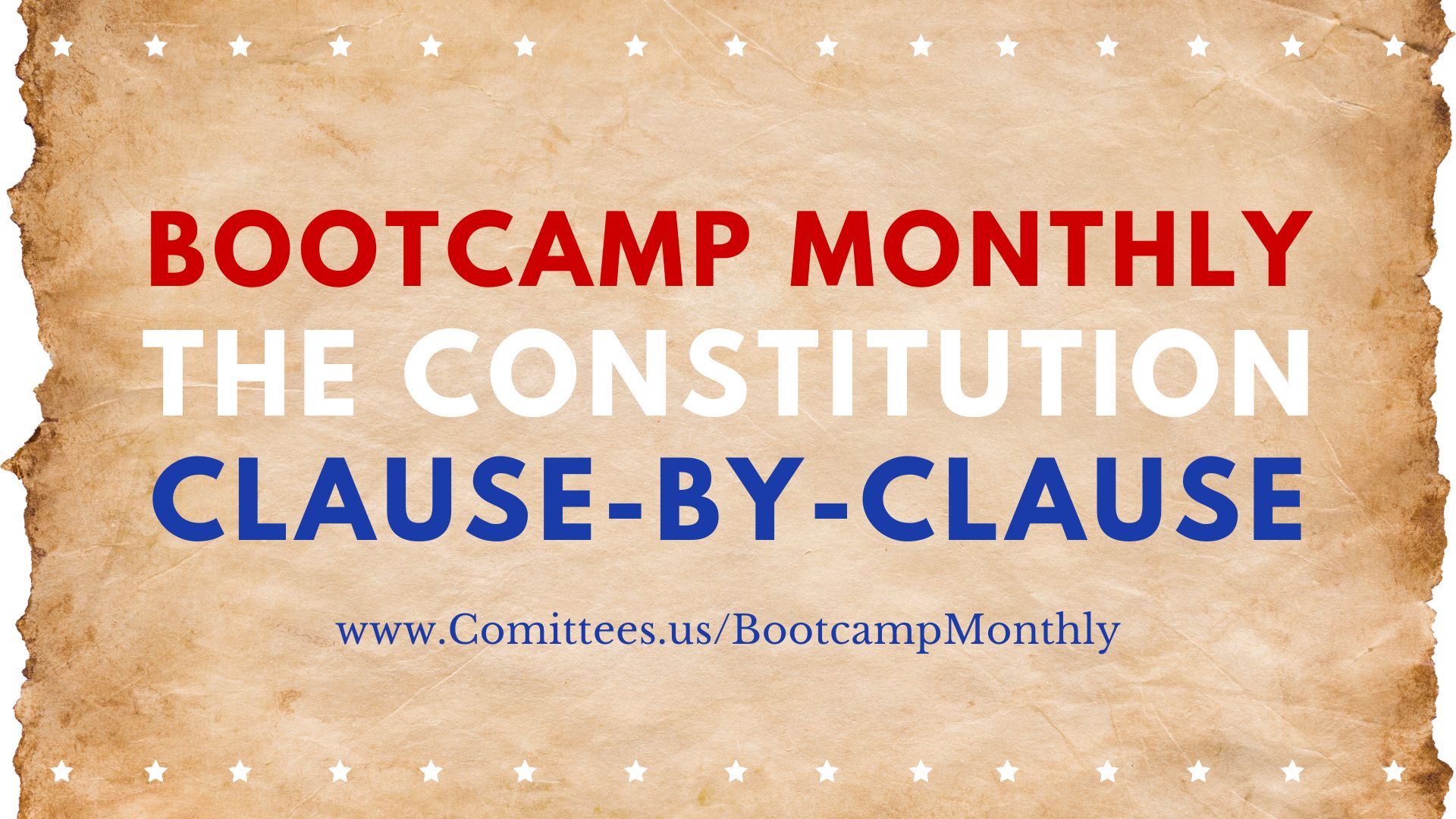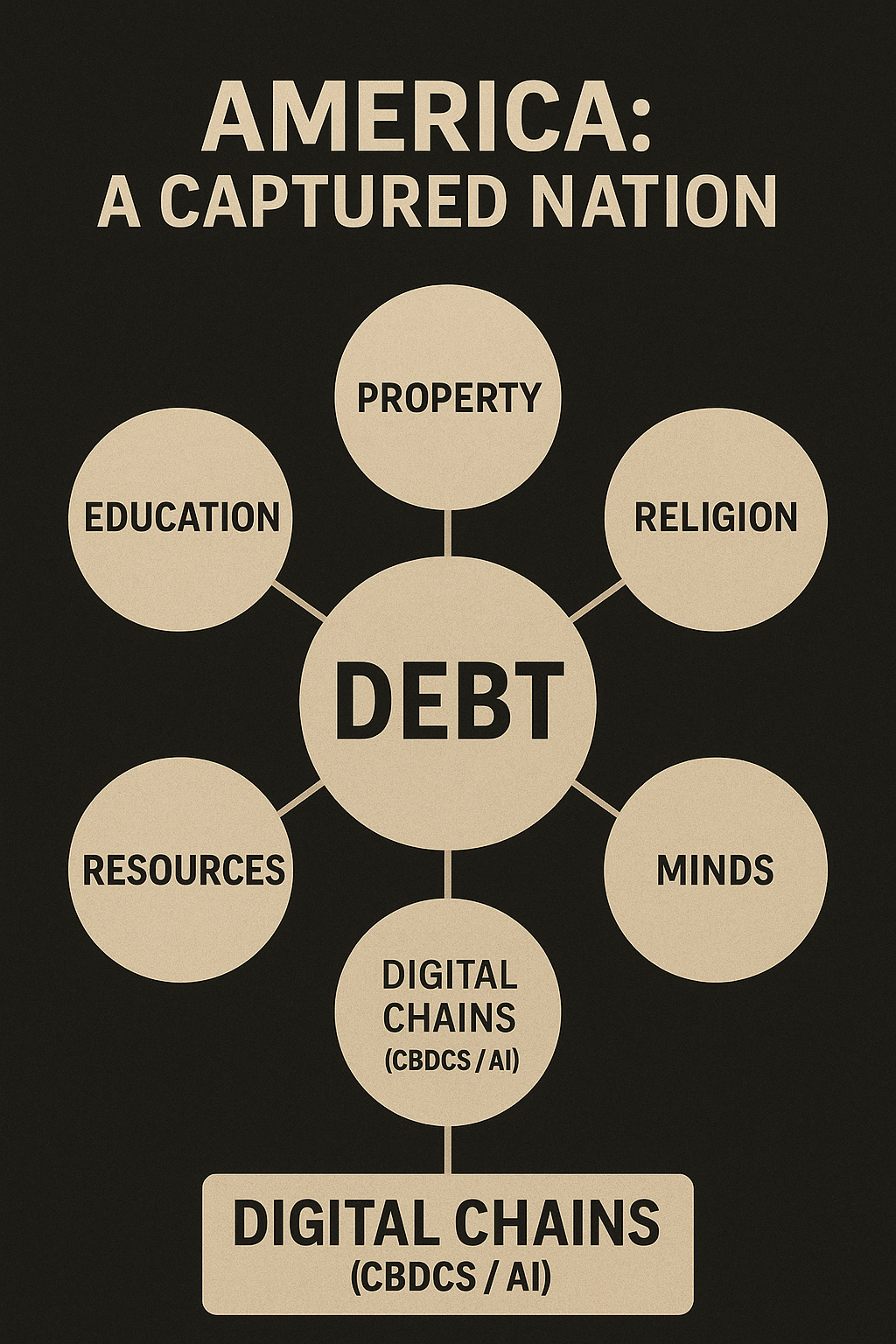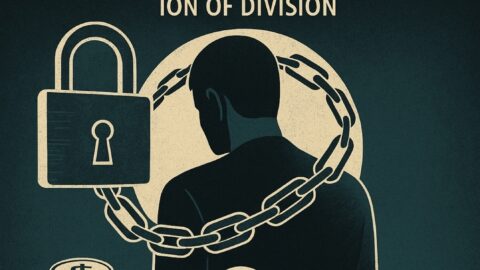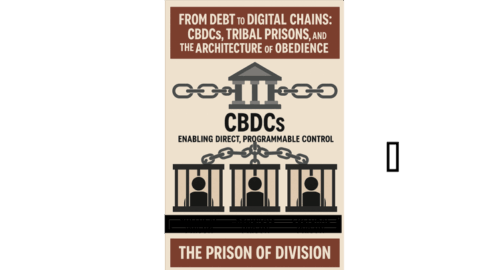Authors note: When Star Wars, the Prequels came out in the early 2000s. I felt it paralleled the political, moral, and emotional situation America faced then and now. It is as relevant now as it was back then.
In Star Wars, Revenge of the Sith. A Senator questions the government and administration’s direction in taking the Republic.
SENATOR PADME: “What if the democracy we thought we were serving no longer exists, and the Republic has become the very evil we have been fighting to destroy?”
Padmé’s statement reflects the tragic transformation of the Galactic Republic into the Galactic Empire, a central theme in the prequel trilogy. This transformation occurred gradually, and several factors contributed to the fall of democracy in the galaxy:
How the Republic Fell in Star Wars:
- Manipulation by Palpatine (Darth Sidious): Palpatine, as a Sith Lord, masterfully manipulated both sides of the conflict. He orchestrated the Clone Wars, which created a constant state of fear and instability. By controlling both the Republic and the Separatists, he positioned himself as the ultimate power behind the scenes, waiting for the right moment to dismantle the Republic and install himself as Emperor.
- The Erosion of Democratic Institutions: The Republic’s democratic institutions were slowly eroded as emergency powers were granted to Palpatine. Fear of the Separatists and external threats led the Senate to give up more and more control, believing that they needed a strong leader to maintain security. Palpatine’s rise to absolute power was made possible by legal means, as the Senate continually granted him more authority.
- The Militarization of the Republic: With the Clone Wars raging, the Republic became increasingly militarized. The army of clone soldiers, originally created to defend the Republic, was later used to enforce Palpatine’s will, including the execution of Order 66, which led to the extermination of the Jedi Order and the solidification of the Empire.
- Corruption and Complacency: The Republic had become highly corrupt, with many senators more interested in personal gain than serving the public good. This corruption made it easier for Palpatine to manipulate key figures and weaken the integrity of the system. The Jedi, too, became complacent, focusing on maintaining the status quo rather than confronting the growing threat of the Sith.
- Fear and Division: Fear of war, external enemies, and the Jedi created division among the citizens and leaders of the Republic. This fear allowed Palpatine to justify extraordinary measures, including the dissolution of the Senate and the creation of the Empire. Fear also made the public more willing to accept authoritarian control, believing it was necessary for safety.
How This Could Happen in Real Life:
- Centralization of Power: In many cases, the erosion of democracy begins when power becomes increasingly centralized in the hands of a few leaders or institutions. In real-life scenarios, this could involve an executive branch or government leader acquiring emergency powers in the face of crises such as war, terrorism, or economic instability. If those powers are not relinquished after the crisis, the state may move toward authoritarianism.
- Exploitation of Crises: Leaders in both history and modern politics have used real or manufactured crises to gain more power. In the name of security, governments might suspend civil liberties, increase surveillance, or take over control of various institutions. If unchecked, these measures can erode democratic principles, leading to autocratic rule.
- Undermining Democratic Institutions: Similar to how Palpatine manipulated the Senate, in the real world, democratic institutions such as courts, legislatures, and media can be undermined or co-opted. This might involve attempts to control elections, control judicial appointments, limit press freedom, or pass laws that concentrate power in fewer hands.
- Manipulation of Public Opinion and Media: Controlling the narrative, whether through propaganda, media manipulation, or disinformation campaigns, is key to turning public sentiment against democratic processes. A population kept in fear, anger, or confusion is more likely to accept authoritarian rule in exchange for promises of stability or protection.
- Militarization and Use of Force: The use of military or police forces to enforce government policies, especially in response to internal dissent or protests, can lead to authoritarianism. If a government uses military force to suppress political opposition or control populations, democracy is weakened.
- Complacency and Corruption: A disengaged or disillusioned population may become complacent in the face of growing authoritarianism. If citizens do not hold leaders accountable or are indifferent to the erosion of rights and freedoms, the system becomes more vulnerable to exploitation. Additionally, corruption within the system can weaken checks and balances, allowing authoritarian leaders to rise unchecked.
- Fear of the “Other”: Fear is a powerful tool that can be used to justify the stripping of freedoms in the name of security. Whether it’s fear of an external enemy (as with the Separatists in Star Wars) or internal groups (such as “domestic terrorists,” or political opponents), fear can unite people behind authoritarian measures that they believe will protect them from perceived threats.
Historical Examples:
- Nazi Germany (1933): Adolf Hitler used the Reichstag Fire, a crisis event, to convince the German parliament to pass the Enabling Act, which gave him the power to rule by decree, bypassing democratic institutions. Over time, Hitler dismantled the democratic Weimar Republic and established a dictatorship.
- Roman Republic to Roman Empire (27 BC): The Roman Republic transitioned into an Empire under Augustus (formerly Octavian) after years of civil war. The Senate, weakened by internal conflict and corruption, granted Augustus supreme authority, leading to the eventual collapse of the democratic system.
- Modern Examples: In recent decades, various countries, including America where we’ve had Pearl Harbor, the JFK Assassination, 9/11, the 2007-2008 financial crisis, and COVID-19 have experienced democratic backsliding, where leaders in Venezuela, Hungary, Turkey, and other nations have used crises or manipulated the system to consolidate power, weaken checks and balances, and undermine democratic processes.
Padmé’s fear that the Republic had become the very evil it fought against mirrors the real-world concern that democratic republics can, under certain conditions, devolve into authoritarian regimes. It is a warning about the fragility of democracy and how quickly freedom can be eroded when power becomes concentrated, fear is exploited, and democratic republic institutions are undermined.
- The American Republic vs The American System
- World War 3 Isn’t What You Think; It is the Globalists vs the Rest of Us
- The Global Financiers Agenda to Gradually Takeover Government and Industry: The World
- How The National Security Apparatus Brainwashes Americans To Its Deep State (Military-Industrial Complex) Agenda
- President Dwight D. Eisenhower and the Science, Educational and Military Industrial Complex
- Why Americans need to know about 5th Generational Warfare
- War Is A Racket: All Wars Are Bankers Wars
- The Grand Chessboard: American Primacy and Its Geostrategic Imperatives
- Deconstruction and Deprogramming of 9/11 and the Continual Social Engineered Narrative
- The War Conspiracy: JFK, 9/11, and the Deep Politics of War
- The Facade of the Neocons: Left, Pushed the Republican Party to Promote the American & Global System
- Revisiting The Iraq Racket: After 9/11/01
- The Pentagon’s New Map: The Hijacking of the US Military

